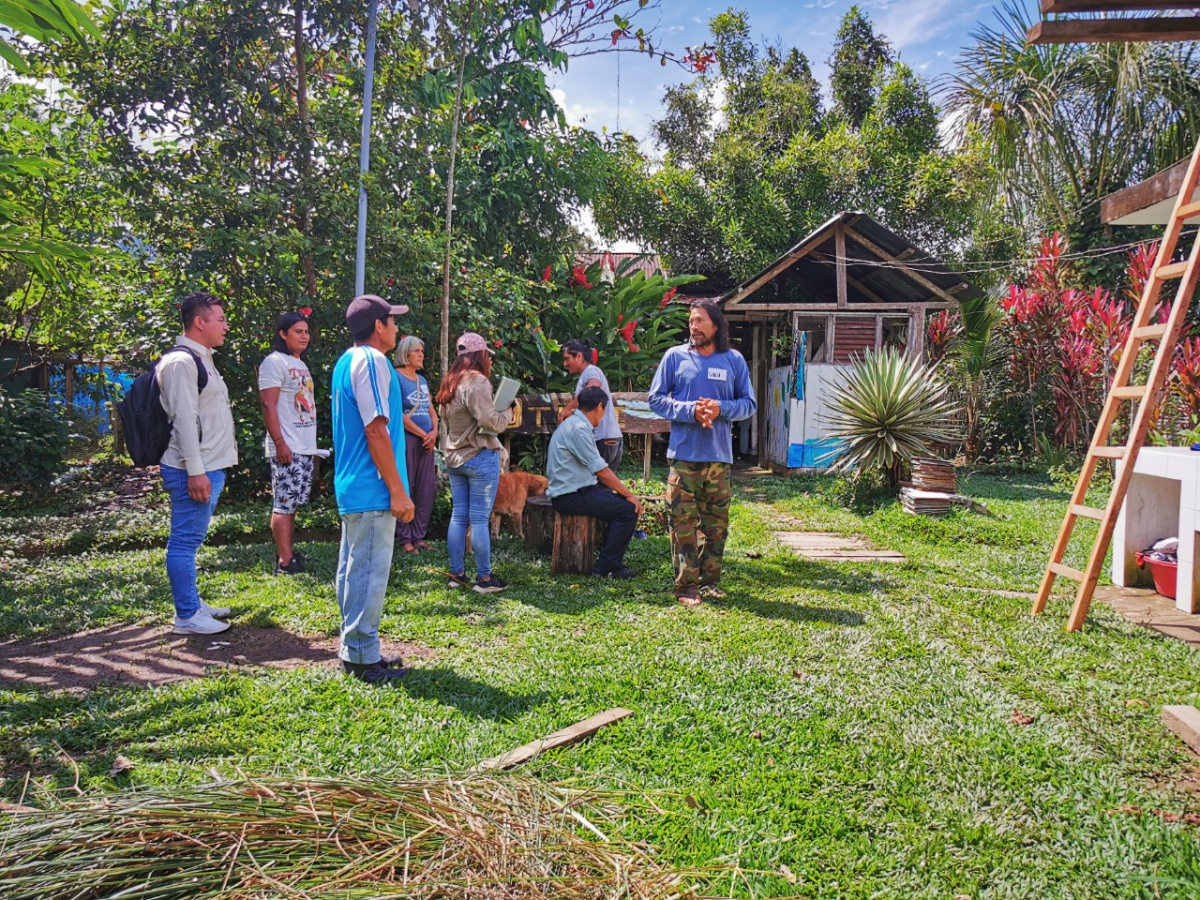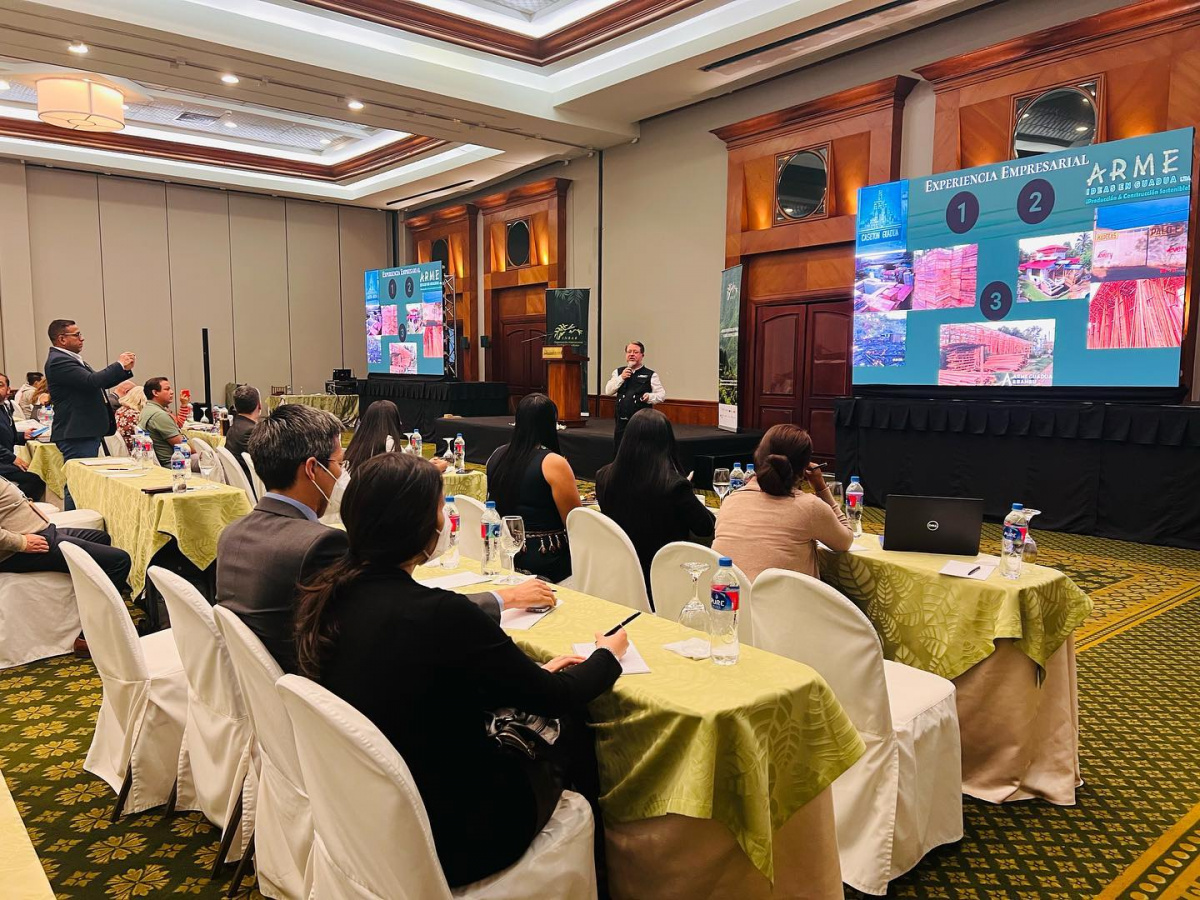The IUCN Green List and Climate Change
Protected and conserved areas have a critical role to play in mitigation of, and adaptation to, climate change, and in reducing the risk of disasters caused by natural hazards and severe climate events. The IUCN Green List Standard contributes to advancing equitable governance and effective management of protected areas, including embedding climate change mitigation, adaptation and disaster risk reduction elements, through all four components of the standard - Good Governance, Sound Design and Planning, Effective Management, and Successful Conservation Outcomes. Effectively managed protected areas are an essential part of the global response to climate change.
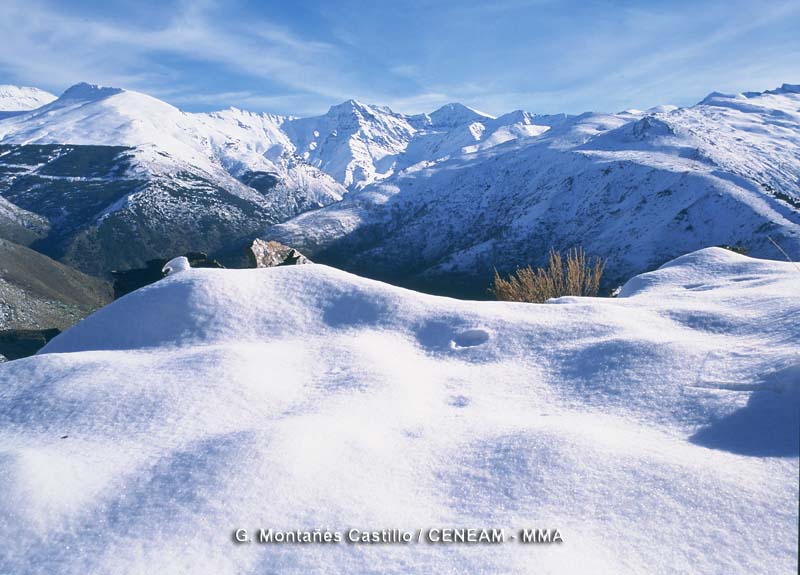
Photo: Montanes Castillo/CENEAM-MMA
Climate Change Mitigation and Adaptation
Protected Areas (PA) are an essential part of the global response to climate change. They help address the cause of climate change by reducing greenhouse gas (GHG/carbon) emissions. Approximately 15% of terrestrial carbon is stored within the world’s protected areas. They are helping society cope with climate change impacts by maintaining essential services upon which people depend. Without PAs, climate change challenges of mitigation and adaptation would be even greater, and ensuring and strengthening PA management effectiveness yields one of the most powerful natural solutions to the climate crisis.
Protected areas can contribute to the two main responses to climate change through:
- Mitigation: 1) Store: Prevent the loss of carbon that is already present in vegetation and soils; 2) Capture: Sequester further carbon from the atmosphere in natural ecosystems, (see examples below in Figure 1).
- Adaptation: 1) Protect: Maintain ecosystem integrity, buffer local climate, reduce risks and impacts from extreme events such as storms, droughts and sea-level rise; 2) Provide: Maintain essential ecosystem services that help people cope with changes in water supplies, agricultural productivity, fisheries and disease exacerbated or caused by climate change, (see examples below in Figure 1).
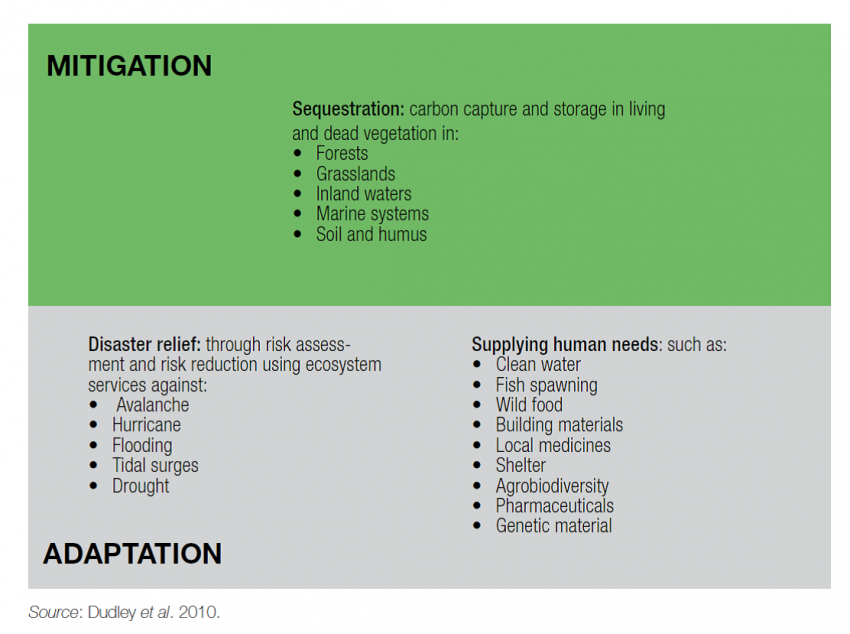 Photo: IUCN
Photo: IUCN
Figure 1: Climate change mitigation and adaptation benefits from Protected Areas
Protected area systems have the advantage that they are already established as efficient, successful and cost effective tools for ecosystem management, with associated laws and policies, management and governance institutions, knowledge, staff and capacity. They contain the only remaining large natural habitats in many areas. Opportunities exist to increase their connectivity at landscape level and their effective management so as to enhance the resilience of ecosystems to climate change and safeguard vital ecosystem services.
Disaster Risk Reduction (DRR)
Experience from disasters such as the Western Indian Ocean tsunami in 2004; the Great East Japan Earthquake and Tsunami of 2011; and Typhoon Haiyan in 2013, demonstrates that Protected Areas can be effectively managed to help reduce risks posed from natural hazards. Furthermore, growing evidence published in recent literature also highlights the role PAs play in DRR (such as Dudley et al., 2010). Such natural areas help preserve the integrity of ecosystems and regulate local climate. They assist communities in coping with gradual change (such as in water supplies and agricultural productivity) through the maintenance of essential ecosystem services, including water regulation, pollination and control of soil erosion. Depending on which category an area is classified as, a protected area may also serve as an alternative source of resources following a disaster (such as food, fuel, medicine and shelter) and can therefore be an integral part of contingency planning for disaster preparedness.
How the IUCN Green List Standard embeds climate change and DRR
The IUCN Green List Standard is a new global standard for Protected and Conserved Areas in the 21st Century. In line with IUCN’s core mission of ‘A just world that values and conserves nature’ the aim of the IUCN Green List Standard is to improve the performance of protected areas to be more equitably and effectively managed and thereby ensure PAs contribute to sustainable development through the conservation of nature and provision of associated social, economic, cultural, and spiritual values.
The IUCN Green List Standard embeds climate change and DRR across its four components in the following main ways:
- Component 1 - Governance: requires adaptive governance that draws on the best available knowledge of the social and ecological context of the area, using an adaptive management framework that anticipates, learns from and responds to change in decision-making and circumstances. This ensures that changes caused by more severe climate impacts and associated natural disasters (such as extreme weather events) can be dealt with effectively through an adaptive approach to ensure that ecosystem benefits and services from PAs can support people in times of need. See Criterion 1.3 in the standards for more detail on adaptive management requirements.
- Component 2 – Sound Design and Planning: requires that PAs identify major natural and ecosystem service values and design for their long-term conservation in the planning for the area; many of these values can be climate or DRR related such as forest or peatland ecosystems for carbon sequestration or mangroves for flood control. Often PAs are managed without clear objectives or an in-depth understanding of the multiple values of the PA to nature and society. For example, a tiger reserve in the mangroves of the Sundarbans plays an important role in climate regulation and coastal buffering against sea-level rise and storm events. Yet if they are only managed for tigers, these other climate and DRR related values may not achieve their potential. See Criteria 2.1 and 2.2 in the standard for more detail on these elements.
- Component 3 – Effective management: requires that PAs have a long-term management strategy appropriately designed and sufficiently resourced to achieve specified management goals and objectives, including the conservation of the area’s major natural and ecosystem service values. Where these values are climate and DRR related, these requirements ensure that the management strategy explicitly integrates the conservation of these values for their sustained provision of mitigation, adaptation and DRR benefits. See Criteria 3.1 and 3.2 for more detail on these elements.
- Component 4 – Successful conservation outcomes: requires that the PA is demonstrating conservation of major natural, ecosystem service and cultural values. Where these values are climate and DRR related, these requirements ensure that appropriate implementation of the sufficiently resourced management strategy is in place. This will directly result in conservation of these values, which will demonstrate the mitigation, adaptation and DRR benefits for the PA and equally, if not more importantly, for the larger region where the PA is located (e.g. adaptation and DRR benefits to local communities around the PA). Such a demonstration of benefits can help programming of climate and DRR financing to PAs, and can also inspire new and innovative approaches to equitable and effective PA management for addressing climate change mitigation, adaptation and DRR.
"Addressing climate change in protected areas is about more than just thinking about changes in temperature and precipitation; it requires new approaches that will enable protected areas to maintain their social and ecological values as the climate changes. In the IUCN Green List Standard we have mainstreamed climate considerations across the standard, including through the incorporation of adaptive governance criteria. This will help protected area planners and managers to incorporate mitigation and adaptation measures into their current management rather than having stand-alone plans that sit on the shelf." says Carina Wyborn, Research Advisor at the Luc Hoffmann Institute of WWF, an active partner of the IUCN Green List Standard.
The IUCN Green List and Climate Change in action in Colombia
Gorgona National Park (GNP) is one of the most representative protected areas in Colombia with a wealth of biodiversity in its terrestrial, coastal and marine ecosystems. It achieved Green List status in the pilot phase in 2014. While there are no local communities living on the island, local communities are highly dependent on fisheries and other ecosystem services provided by the Gorgona-Sanquianga region. Aware of its responsibility and the protected area’s importance to the region and communities, the GNP administration updated its Management Plan for the period 2015-2019, taking into account a regional context beyond its own geographical limits, and including for the first time climate change considerations. Climate change adaptation was the focus, in terms of proactively adapting to the risk of negative impacts from climate change to achieving conservation targets in GNP, and on how a well-managed GNP that is adapting to a changing climate can provide greater resilience to communities in the face of climate change impacts.
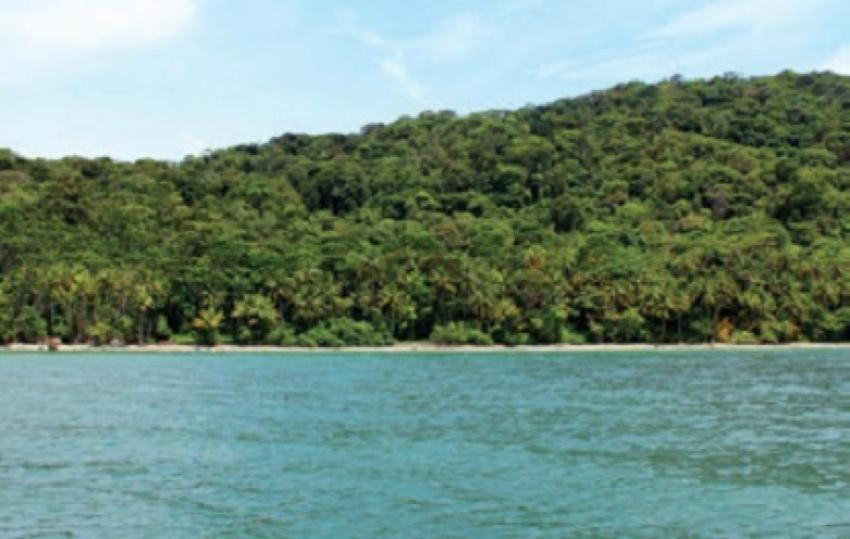 Photo: IUCN
Photo: IUCN
The climate change considerations are not only part of an analysis to set better conservation measures for species and habitats inside the PA, but to also maintain key resources for the communities that base their livelihoods on the legal activities outside the Park, such as fishing. The process of capacity building has included GNP staff, local stakeholders, WWF technical team support (for implementation of the IUCN Green List standard), and other actor’s inputs and recommendations. GNP administration and WWF Colombia staff acquired new skills and technical capacities related to climate change adaptation through this experience. Today GNP benefits from proactively adapting to a changing climate by reducing the risk of negative impacts on achieving its conservation targets in the future, and local communities benefit from the adaptive management of GNP and the wider regional benefits this will provide to fisheries and other ecosystem services, contributing to a more resilient future to communities and nature in the face of a changing climate.
Key References (including sources of adapted text and figure 1)
- Natural Solutions- protected areas helping people cope with climate change (Dudley et al.2010)
- Safe Havens: protected areas for disaster risk reduction and climate change adaptation (Murti & Buyck (ed.), 2014)
- Editorial: Protected areas as natural solutions to climate change, PARKS Journal 22.1 (Londono et al., 2016)
Article written by Deviah Aiama, Community Manager IUCN Green List and James Hardcastle, Programme Development Manager
For more information about the Green List contact Deviah Aiama.

